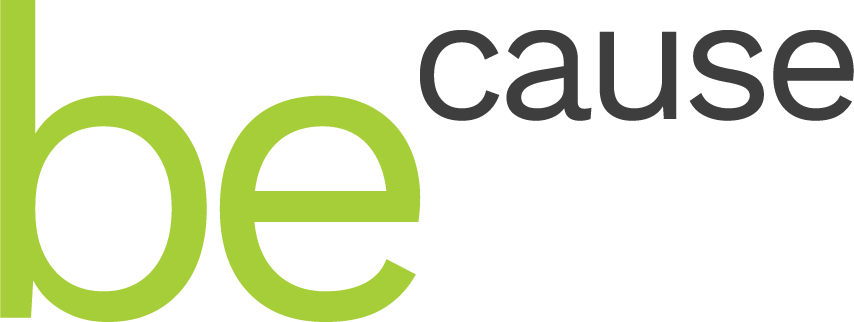A short-term world with long-term problems (Mats' post in 2013)
We live in emotionally contradictory times. On the one hand, the opportunities that our technological revolution make possible are so vast and so incredible that it is impossible not to be optimistic about our future.
Never before has the world’s accumulated knowledge been available, almost for free, to soon just about everyone. Knowledge is power and access to this power has until recently been concentrated to a very small part of mankind.
With the Internet, mobile telephony and the exponential improvements in computing power and bandwidth, almost the entire world can now participate in crowd solving our most pressing problems facing us. How can that not be a reason for optimism?
But at the same time we are facing a leadership deficit. People are increasingly frustrated with the irrelevancy and impotency of the organizations around us. Or as Jean Houston once said:
“We yearn for meaning and deal with trivia. We are swept in currents over which we have no control. Government has become too big for the small problems of life and too small in spirit for the large ones.”
Many organizations are stuck in the past. Education, Health care, politics and business as well as other important institutions in our lives are struggling to change as fast as the world around them. They are imprisoned by their own habits. They can’t see further than their own budgets, election cycles or quarterly earnings.
We find ourselves in a short-term world with long-term problems.
How did we end up here?
Over the past decades businesses, as well as other institutions in our society, have confused means with ends. I think it happens naturally when you leave one era and enter another. What brought you here won’t take you there. So what do you do when the long term future doesn’t look familiar to you?
You become the designer of the future you want to have. Designers unlock paralysis. Designers zoom out before they zoom in. They use different methods and wear different glasses than regular business folks, doctors or politicians.
With this toolbox, humble approach and quiet, disciplined demeanor designers have the ability to connect a promising tomorrow with a troubled today.
Designers recognize that you can’t go from here to there. You can’t build tomorrow starting today unless you first know what kind of tomorrow you want.
Strategy has always been about the commitment of present resources to future expectations.
The problem is that we have confused qualities with quantities. Since what does not get counted doesn’t count, bigger has become our proxy for better. But bigger isn’t always better. Is it?
I think you know the answer. It isn’t. Better is always better. Sometimes bigger is better. Sometimes smaller is better. Like when designing for budget deficits, commuting distances, carbon emissions and disease. Just to mention a few.
Again, being schooled in the Bauhaus tradition of Design you are trained with a human sensibility brought to industrial function. You have the tools to imbed and include human qualities in the calculus of our future.
Many institutions seem to believe that their purpose is to primarily serve themselves. They argue that when their interest is maximized, benefits will trickle down to people outside. But leadership is never about you. It is never about your own interest.
It is always about serving something bigger than yourself. That is true for people, for organizations and for nations. The core of leadership is always about qualities. Never about quantities. Quantities can be a way to achieve qualities. But never the other way around.
My dream for you and for this world therefore goes hand in hand.
I see a future where almost every organization of significance hires designers like you to help them find their path to a better future. You will help them lift their gaze and look out further.
And look beyond self. You will help them discover to what end they exist and what purpose they have that is bigger than their products. But you will also make sure that this vision becomes a reality by assuring they invest in the right platforms, the right bridges, in the right sequence and in the right way.
Nothing is more tragic than big, bold, well funded visions with bad plans. It’s such a wasted opportunity. One that we really can’t afford.
Personally I have chosen the world of business as my canvas. Like so many others it was part destiny and part design. Destiny because I grew up in a very entrepreneurial home with high expectations and a strong ‘shop-keeper’ tradition where bias for action, attention to detail and leading by doing were installed in me early and often. Design because I fell in love with the aspects of business that I prefer over other models. I like that business is there to please and not to reform. I like that business is honestly selfish and thereby can avoid the hypocrisy, double standard and corruption that plagues so many other institutions without a win-win “business model”.

